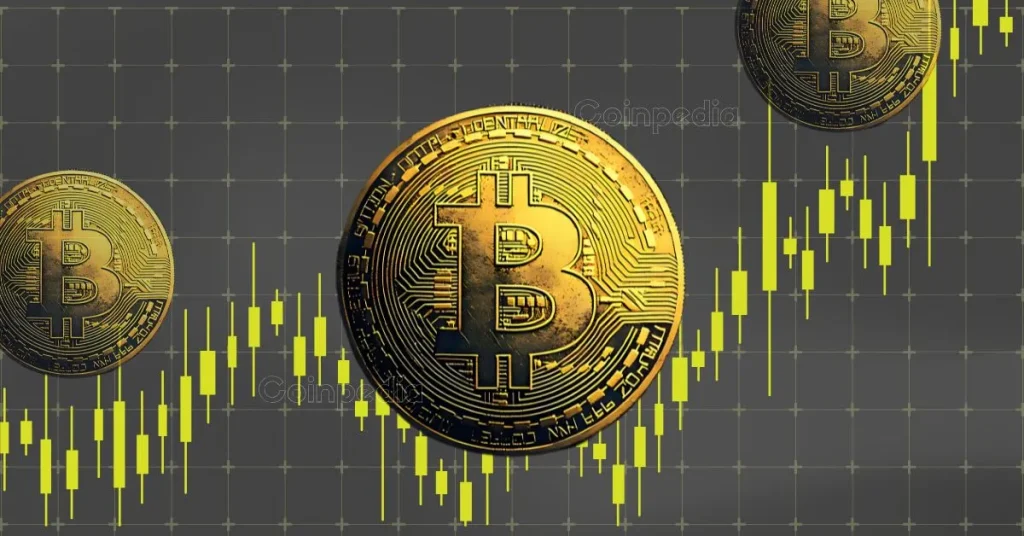ARTICLE AD BOX

- When it comes to technological innovation, blockchain technology stands out for its potential to bring about significant social change.
- Philcoin, a forward-thinking organization in the blockchain space, is pioneering efforts to harness this potential for the benefit of indigenous communities.
They are utilizing blockchain to address the unique challenges faced by these communities. Let’s take a look at their latest initiative in Costa Rica.
The Plight of Indigenous Communities
Indigenous communities across the globe, particularly in Latin America, face a myriad of challenges. From land rights issues, and preservation of culture to limited access to education, healthcare, and financial services, these communities often find themselves on the fringes of the digital and economic divide. The Cabécar, also known as Chirripo, tribe in Costa Rica, for example, illustrates these struggles vividly. Despite their rich cultural heritage, they grapple with preserving their identity while accessing basic amenities.
The Cabécar are an indigenous tribe living mainly in Costa Rica’s Talamanca mountains, near the Chirripó National Park. Renowned for their profound connection with nature, they traditionally thrive as hunters and gatherers, utilizing the abundant resources of their forested and mountainous homeland. Their rich cultural heritage includes a deep understanding of medicinal plants and sustainable environmental practices, rooted in their close relationship with the local ecosystem and its diverse flora and fauna.
Blockchain as a Beacon of Hope
Blockchain technology’s decentralized and secure nature provides an innovative solution to the challenges faced by the Cabécar tribe and similar communities. It offers more than just secure land rights and cultural heritage preservation. For instance, blockchain can enable the Cabécar community to create digital records of land ownership, ensuring their ancestral lands are safeguarded against external disputes. Moreover, by facilitating access to financial services through blockchain, the tribe can engage in digital commerce, increasing their economic opportunities. This technology, acting as a transparent and immutable digital ledger, can be truly instrumental in recording vital transactions and information, thus empowering the community with tools for sustainable growth and autonomy.
Philcoin’s Initiative in Costa Rica
Philcoin’s recent partnership with the Cabécar “Chirripo” tribe in Costa Rica marks a significant milestone. This groundbreaking initiative is not just about introducing blockchain technology; it’s a holistic approach that includes building infrastructure such as roads, schools, and hospitals. By doing so, Philcoin is helping to bridge the gap between traditional indigenous lifestyles and the modern world. The use of blockchain in these communities transcends typical applications. It helps in safeguarding intangible cultural heritage, securing ancestral knowledge and histories, and establishing a platform for economic empowerment through decentralized marketplaces. This approach aligns modern technology with indigenous needs, ensuring not just the preservation of their culture but also their inclusion in the global digital economy.
Jerry Lopez, Founder and CEO of Philcoin says
In every step we take at Philcoin, our guiding star has been the belief in the power of blockchain to not just connect, but to uplift. Working with the Cabécar tribe, we’ve seen firsthand how technology can be a bridge to a better future, respecting and preserving the rich tapestry of indigenous cultures. Our goal is not merely to innovate, but to inspire and enable communities to thrive in harmony with their heritage, using blockchain as a tool for real, meaningful progress.
Real-life examples from the communities Philcoin has worked with can powerfully illustrate the impact of their initiatives. Success stories from the Cabécar tribe, detailing how blockchain has brought tangible improvements to their lives, would serve as compelling testimonials to the effectiveness of Philcoin’s approach.
Philcoin: A Vision for Change
Philcoin’s vision extends beyond individual communities. For example, their partnership with Florianopolis in Brazil highlights the scalability and versatility of their blockchain solutions in different contexts, showcasing the potential for broader socio-economic inclusion.
Philcoin’s mission is rooted in the belief that technology, specifically blockchain, can be a powerful tool for social good. Rather than limiting themselves to conventional applications of blockchain for financial transactions, they aim to empower underserved communities, by providing them with the tools and infrastructure they need to thrive in the modern world.
At the heart of Philcoin’s ethos is a commitment to the United Nations’ 17 Sustainable Development Goals, positioning them as a leader in blockchain-based philanthropy. They address a critical gap in the global economy where over 1.7 billion people remain unbanked, highlighting the importance of philanthropy in the digital age.
Philcoin’s partnerships, spanning diverse institutions and regions, aim to democratize the act of giving. By fostering a global network, Philcoin enables individuals of all financial backgrounds to contribute to societal welfare and benefit from the ecosystem.
The Future of Philcoin’s Initiatives
Looking ahead, Philcoin is poised to expand its reach by exploring new partnerships and opportunities to utilize blockchain for social good. The potential for similar initiatives in other regions is immense, signaling a future where technology serves as a cornerstone for cultural preservation and socio-economic empowerment.
More to come
Philcoin‘s work in leveraging blockchain for the benefit of indigenous communities is more than a technological endeavor; it’s a testament to the power of innovation in addressing longstanding social challenges. As Philcoin continues to break new ground, its initiatives offer a beacon of hope for indigenous communities, showcasing how technology can be a force for good in the quest for social inclusion and empowerment.
.png)
 1 year ago
13
1 year ago
13








 English (US)
English (US)